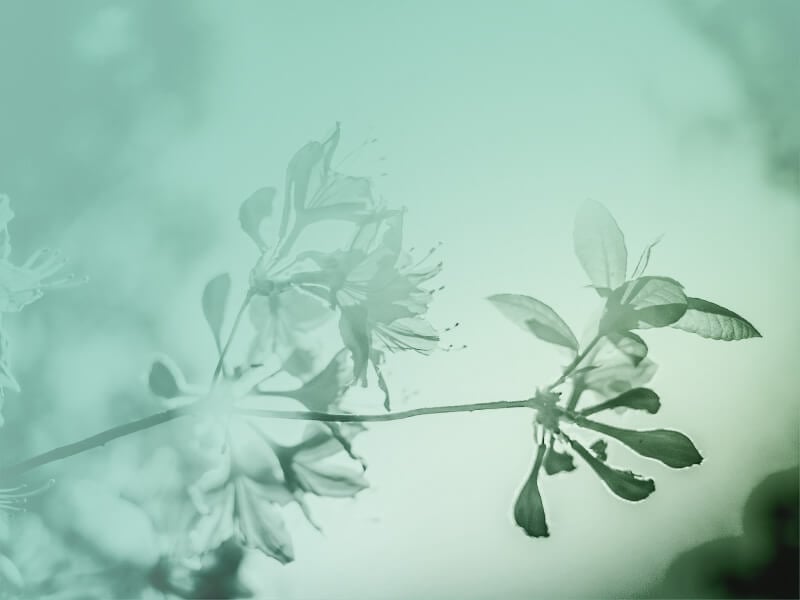MIAMI (AP) — The metal figures standing like sentinels in the middle of an exhibit of contemporary Haitian art are created from a mishmash of scrap metal and found objects: nails, marbles, old shoes, bed springs, tire treads, hub caps, pieces of fans and other discards.
The artists who crafted these figures featured in “Global Caribbean III: Haiti Kingdom of This World” argue that Haiti should be seen as a creative hub instead of the site of catastrophes.
The exhibit runs at Miami’s Little Haiti Cultural Center through March. It debuted in France in the spring, and in June was included in the Venice Biennale as part of Haiti’s first showcase at the prestigious art exhibition.
All the sculptures, paintings, photographs, videos and installations were created by Haitian artists after the January 2010 earthquake.
The figures created from found objects were sculpted by Guyodo, Andre Eugene and Jean Herard Celeur, three members of the group Atis Rezistans, an artists’ collective living and working in downtown Port-au-Prince. The group has showcased its artwork and creative process in a mash-up of high art-meets-the developing world called “Ghetto Biennale,” which opened a month before the earthquake and returned last month.
The exhibit “seeks to go to the heart of this drama, to question the idea that misfortune is inevitable and to put forward another face of Haiti as seen through the eyes of its artists,” curator Giscard Bouchotte wrote in a statement posted in the gallery.
“Welcome to a Haiti which stands tall,” Bouchotte writes. “A Haiti where life is reasserting its rights.”
Photographer Roberto Stephenson shows a drive to establish order in post-earthquake Haiti. No people are visible in the dreamlike images, but their work is evident. The photographs show rubble collected on the curb next to a cleared street and beds neatly made under the soft light filtering through tents made from floral sheets.
Most of the other artworks explore more personal experiences in Haiti beyond the earthquake.
Two works by Maksaens Denis distort medical images of the artist with splashes of color that could reflect flashes of pain or bursts of creativity, or both. Mario Benjamin packed 10 Plexiglas chairs tightly atop a platform, images of silver and blue fish printed on their seats and backs, evoking both Haiti’s fishermen and a sense of overcrowding in the small country that shares an island with the Dominican Republic.
A video and musical installation by Michelange Quay juxtaposes older Vodou priestesses wearing white dresses with keyboards, turntables and mixing boards. Painter and writer Franketienne combines genres in paintings of distorted figures surrounded by French phrases describing an internal disturbance. Sergine Andre, an artist also known as “Djinn,” installed a small, dimly lit Vodou temple separated from the rest of the gallery by a purple lace curtain.
Another image from the religion, widely practiced in Haiti, opens the exhibit. Baron Samedi, the guardian of the dead, leads the viewer on a walk through a tropical forest under a starry sky in a sparkling piece by Edouard Duval-Carrie.
The baron’s skeletal hand clutches a cane and he glances back over his shoulder, a top hat on his exposed skull.
“We’re following him into this promenade,” said Duval-Carrie in a recent interview at the gallery, which is next to his own studio.
“It’s about Baron Samedi, his reign over Haiti. I’ve always done him as the one who has taken over,” he said. “Of all the spirits that one can have lurking about, he’s certainly very present there.”
Duval-Carrie has organized the Global Caribbean exhibits, which have debuted the last three Decembers as part of the Art Basel Miami Beach contemporary art fair, to showcase Caribbean artists who transcend regional stereotypes of tourist souvenirs and idyllic seascapes.
Complementing the art exhibit is “Haiti Kingdom Illuminated,” a presentation of recordings made by American folklorist Alan Lomax in Haiti in the 1930s. A 10-disc box set of the recently rediscovered recordings was nominated for two Grammy Awards last year.
The Lomax exhibit includes horns and drums similar to those played in the recordings but commissioned from instrument makers working in Haiti today. The horns are made from aluminum from discarded containers of items donated by the U.S. Agency for International Development; red and blue letters reading “USAID” wrap around the silver instruments.
Kimberly Green, the Lomax exhibit’s curator, said the instruments were commissioned to show the artistry in everyday objects in Haiti and to show that Haitians’ creativity counters the stereotype that they need charity.
___
Online:
The Global Caribbean: www.theglobalcaribbean.org







